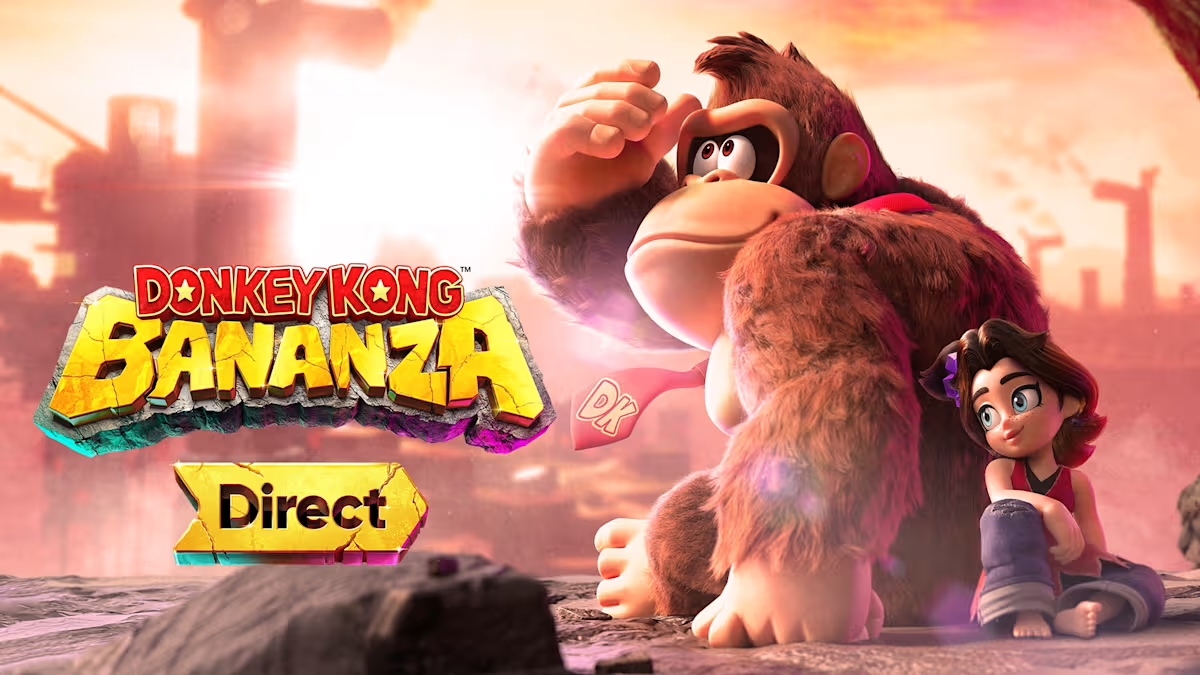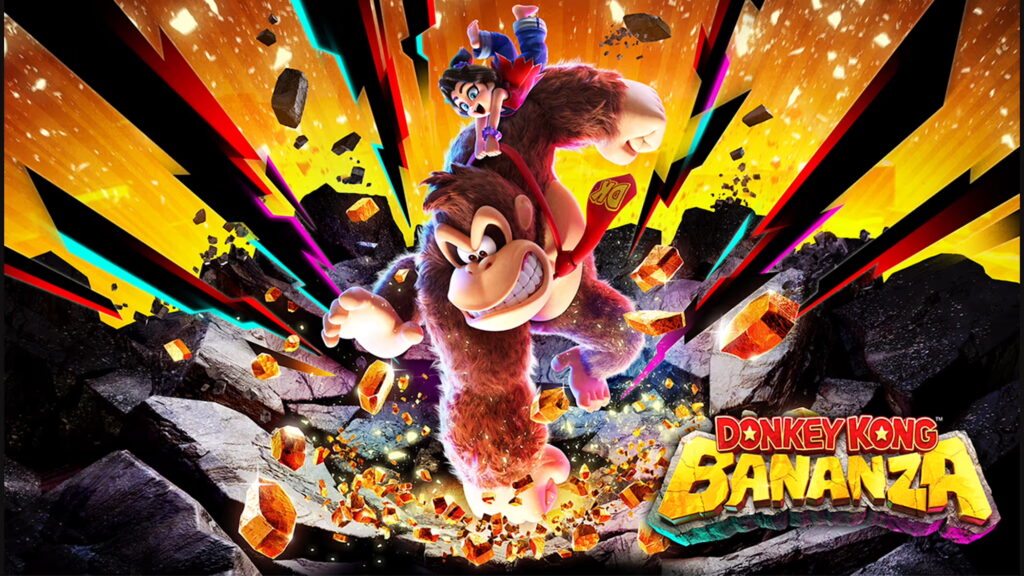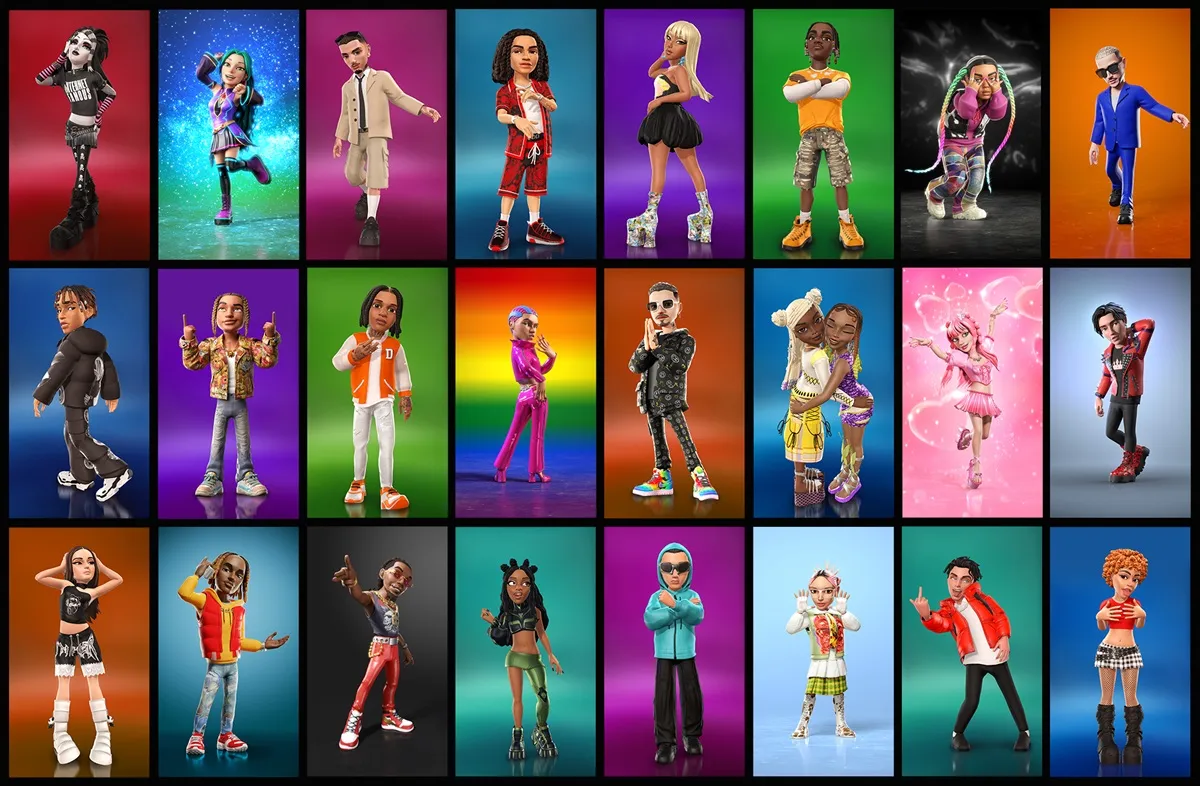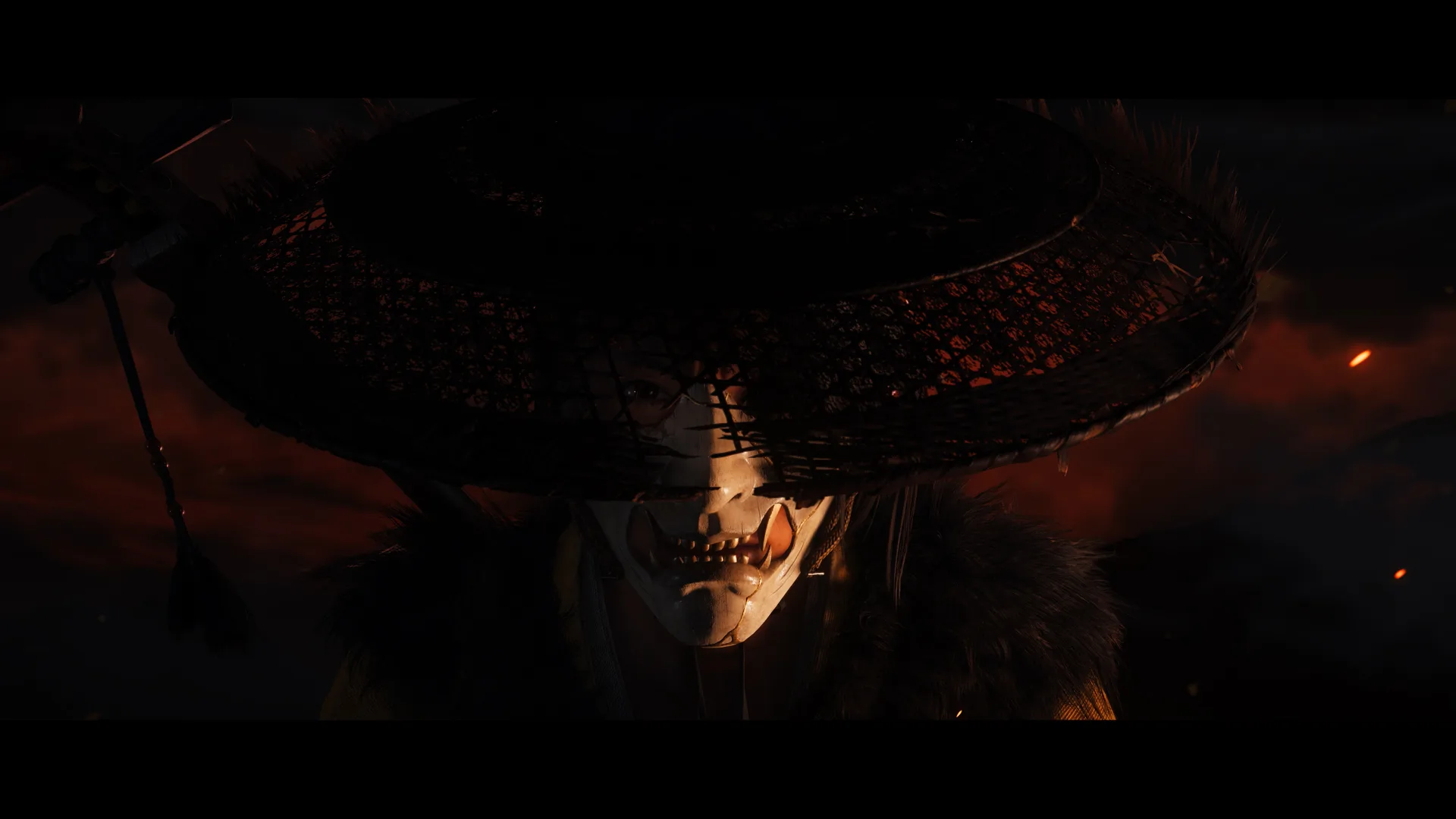
Bananas, Beats, and a Bit of Drama: Donkey Kong Returns in ‘Bananza’ for Switch 2

By Brian K. Neal
Donkey Kong is officially back—and this time, he’s not just smashing barrels. He’s starring in a high-concept platformer that mixes action, music, and mythology with a familiar Nintendo charm. Titled Donkey Kong Bananza, the game drops July 17, exclusively for Nintendo Switch 2, and features a surprising new co-star: Pauline, the iconic songstress from Donkey Kong’s arcade past.
Set against the backdrop of a golden banana discovery gone awry, Bananza begins with Donkey Kong plummeting into the planet’s core after a seismic mishap. What he uncovers isn’t just a treasure trove—it’s a buried world pulsing with secrets. There, he meets Odd Rock, a transformed version of Pauline whose voice carries strange power. Together, they embark on a journey through caverns, mines, and mythical ruins toward the mysterious Planet Core, a place said to grant your deepest wish.
Gameplay-wise, Donkey Kong Bananza blends kinetic 3D action with stylized platforming and music-infused mechanics. Donkey Kong’s classic brute strength is reimagined with cinematic flair—players can roll, dive, punch, and even tear up terrain. It’s physical, grounded, and visually sharp, all rendered with Switch 2’s improved fidelity. Pauline brings vocal magic to the table: her singing fuels transformative power-ups, from speed boosts to aerial attacks. The synergy between them is more than cooperative—it’s symbolic of reinvention.
The co-op functionality adds another dimension. With shared Joy-Con 2 controllers, players can independently control DK and Pauline, blending physical combat with sonic strategy. A local mode offers casual accessibility, while GameShare and GameChat features enable remote play with integrated voice and video—a subtle nod to the way social connection is embedded in modern play culture.
Beyond the action, Bananza is a collector’s playground. Players can dig up Banandium Gems, Chips, and Gold across diverse underground landscapes. These serve both practical and aesthetic purposes—upgrading abilities, unlocking hidden areas, and exchanging for customizable skins. The addition of Fossils as a currency for fashion (and functionality) positions the game comfortably alongside titles like Tears of the Kingdom and Mario Odyssey that offer style alongside substance.
The storyline weaves in legacy characters like Cranky Kong and Rambi while introducing new faces shaped by the game’s darker themes. At the center of the conflict is Void Company, a mining conglomerate with a slick corporate sheen and deeply sinister goals. Their transformation of Pauline into Odd Rock—and their race to the Planet Core—lends the narrative a sharp undercurrent about exploitation and self-discovery that subtly elevates the stakes.
The game also carves space for reflection and creativity. With Photo Mode, players can document their adventure through adjustable in-game lenses. The DK Artist mode transforms the controller into a tactile tool for digital sculpture, letting users engrave stone, shift lighting, and style their designs. These interludes balance the action, suggesting that even amid chaos, art and self-expression matter.
Support for amiibo further expands gameplay—unlocking early access to exclusive outfits, power-ups, and custom tiles. The upcoming Donkey Kong and Pauline figures feel like collector’s items in their own right, part of Nintendo’s ongoing evolution of fan culture as tangible and tactile.
For longtime Nintendo devotees and new-gen Switch 2 players alike, Donkey Kong Bananza offers more than just another return—it’s a visual remix, a tonal shift, and a narrative evolution. It’s about legacy, power, transformation—and yes, bananas. But mostly, it’s about making noise on your own terms, whether through fists or a fierce melody.
Donkey Kong Bananza launches July 17. Let the descent begin.







